The Irish parties reaching across the border towards a new era for nationalism
Analysis: As Brexit looms, nationalists in Northern Ireland are increasingly looking to Dublin for representation. Now, as Ben Kelly explains, political parties are responding in innovative ways

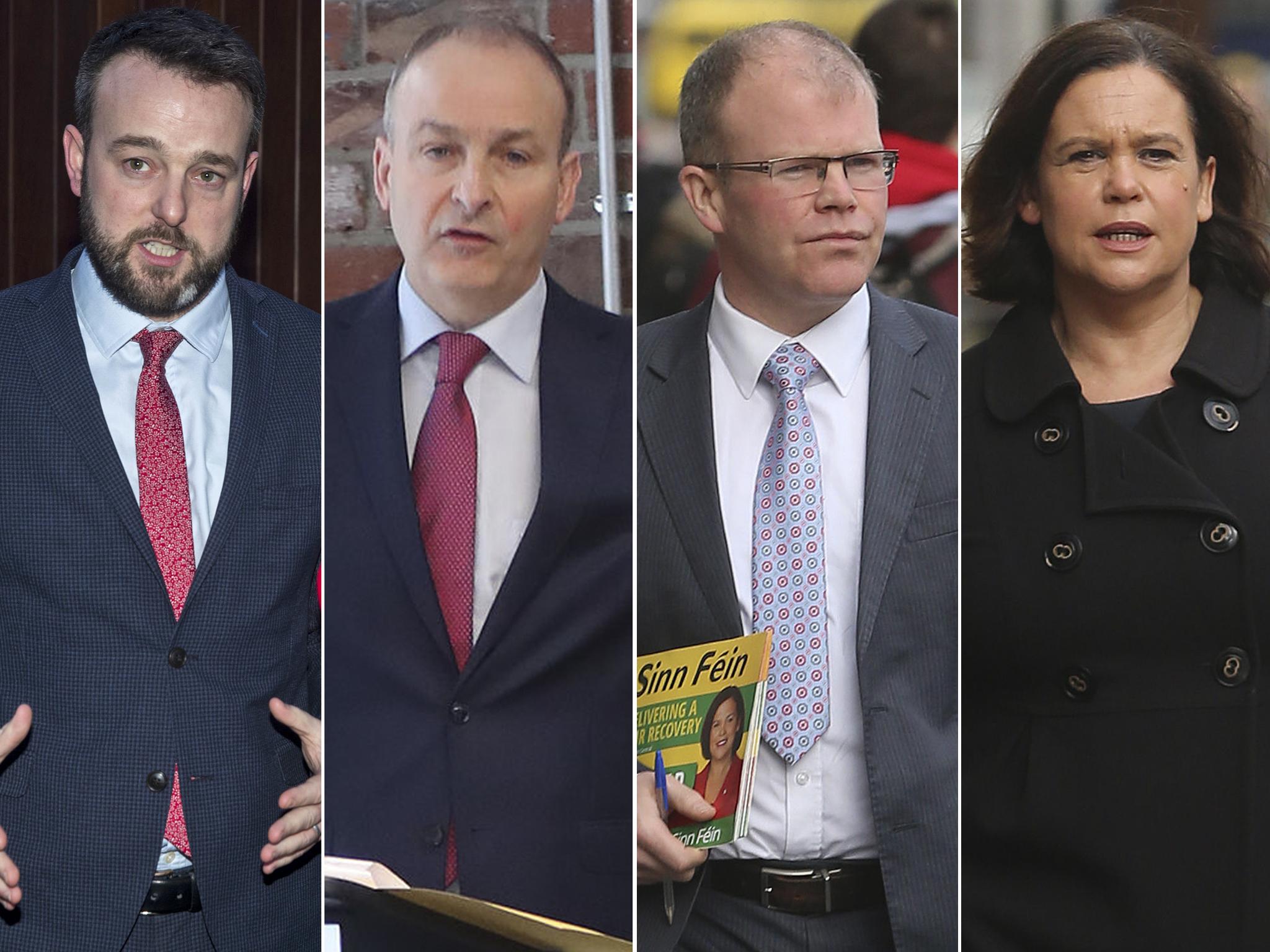
Your support helps us to tell the story
From reproductive rights to climate change to Big Tech, The Independent is on the ground when the story is developing. Whether it's investigating the financials of Elon Musk's pro-Trump PAC or producing our latest documentary, 'The A Word', which shines a light on the American women fighting for reproductive rights, we know how important it is to parse out the facts from the messaging.
At such a critical moment in US history, we need reporters on the ground. Your donation allows us to keep sending journalists to speak to both sides of the story.
The Independent is trusted by Americans across the entire political spectrum. And unlike many other quality news outlets, we choose not to lock Americans out of our reporting and analysis with paywalls. We believe quality journalism should be available to everyone, paid for by those who can afford it.
Your support makes all the difference.Anyone with their finger on the pulse of Irish politics may have felt a minor tremor on Saturday afternoon.
Amid the chaos of Brexit, the membership of the SDLP gathered in Newry for a special vote. The Social Democratic and Labour Party, once led by John Hume as the bastion of nationalism in Northern Ireland, has seen its vote and influence diminish in recent years, largely to the benefit of the more hardline republican Sinn Féin.
Now, in a bid to reverse the party’s fortunes, they have agreed a partnership with Fianna Fáil, one of the two big parties in the Republic of Ireland, and the most successful in the history of the state. At Saturday’s gathering, 70 per cent of SDLP members backed what the leadership have called “an unprecedented partnership” between “two parties who boast a proud tradition of democratic struggle on these islands”.
Shortly before the meeting, I spoke with SDLP leader Colum Eastwood about why he is pushing this major new directive, despite the scepticism of a minority in the party.
“Politics since Brexit in Ireland has changed massively”, explains Eastwood. “I think there’s a yearning for an all-Ireland approach to solving the problems that we face.”
He says that the SDLP and Fianna Fáil will work together to formulate new policies, and as parties that were central to the Good Friday Agreement, they are committed to re-establishing the institutions it created – in particular, cross-border bodies, and power-sharing at Stormont.
“I don’t think there’s any kind of new Ireland to be had by not having institutions in the north,” says Eastwood. “I think they’re actually essential to a new Ireland. No matter which parties people are partnered with, or in, there’s still going to be a need for a democratic Ireland to come together in the coming years to sketch out and map what comes next for the country as a whole.”
Some voices in the SDLP – including veterans like Bríd Rodgers and rising star Claire Hanna – have expressed their dissatisfaction with the partnership. Some believe it is merely the first step towards merger, which would destroy the SDLP’s historically good relations with all parties south of the border. The Irish Labour party have expressed their regret at the move, and Fine Gael minister Charlie Flanagan tweeted that he was disappointed to see the SDLP “put their eggs in one basket”.

Eastwood says his colleagues have nothing to fear from the partnership, and that this shouldn’t be seen as a door closing on wider cross-party cooperation.
“None of this threatens who we are. I think it’s about enhancing the legacy that we’ve been given and starting to build a new legacy for the future. You can’t just keep the SDLP in a glass box on the mantelpiece. You have to take all the good parts and build on it, ensure it has a future. I don’t believe a political party can survive on nostalgia alone. So we’re not closing doors, we’re trying to see how best we can maximise our message.”
Charlie McConalogue is a Fianna Fáil TD who was involved in the secret talks between the two parties. He told me that his party explored a number of ways of best developing their imprint north of the border, and that they believe this move is the best way to start.
“The partnership will have a national footprint and will benefit both parties,” says McConalogue. “We have something to offer from our own party’s experience in government in the Republic, to hopefully be able to positively influence the SDLP and politics in Northern Ireland.”
He bemoans how politics north of the border has “ground to a halt” over the past two years at the hands of Sinn Féin and the DUP.
“It’s moved to the lowest common denominator, and become more sectarianised, and the centre ground has been ignored as a result. We’re working with the SDLP to provide a political outlet and movement which would help address that.”
Many will see this new move as a direct response not only to Sinn Féin’s dominance of nationalism in Northern Ireland, but to their rightful claim to be the only all-Ireland political party.
In the 20 years since the Good Friday Agreement, Sinn Féin have gone from strength to strength on both sides of the border. As they inch closer to becoming the largest party in Northern Ireland, their position as the third largest party in the Republic gives them a strong chance of becoming a junior coalition partner in the near future – perhaps even with Fianna Fáil.
Sinn Féin’s initial response to this new partnership was initially one of mockery, with the party tweeting an Inbetweeners meme mocking leaders Colum Eastwood and Micheál Martin as “friends”.
But a more sober statement, later tweeted by the party’s vice president Michelle O’Neill, laid out the clear plan of attack on the new entity: that Fianna Fáil represents a more social and economically conservative body, in contrast to themselves.
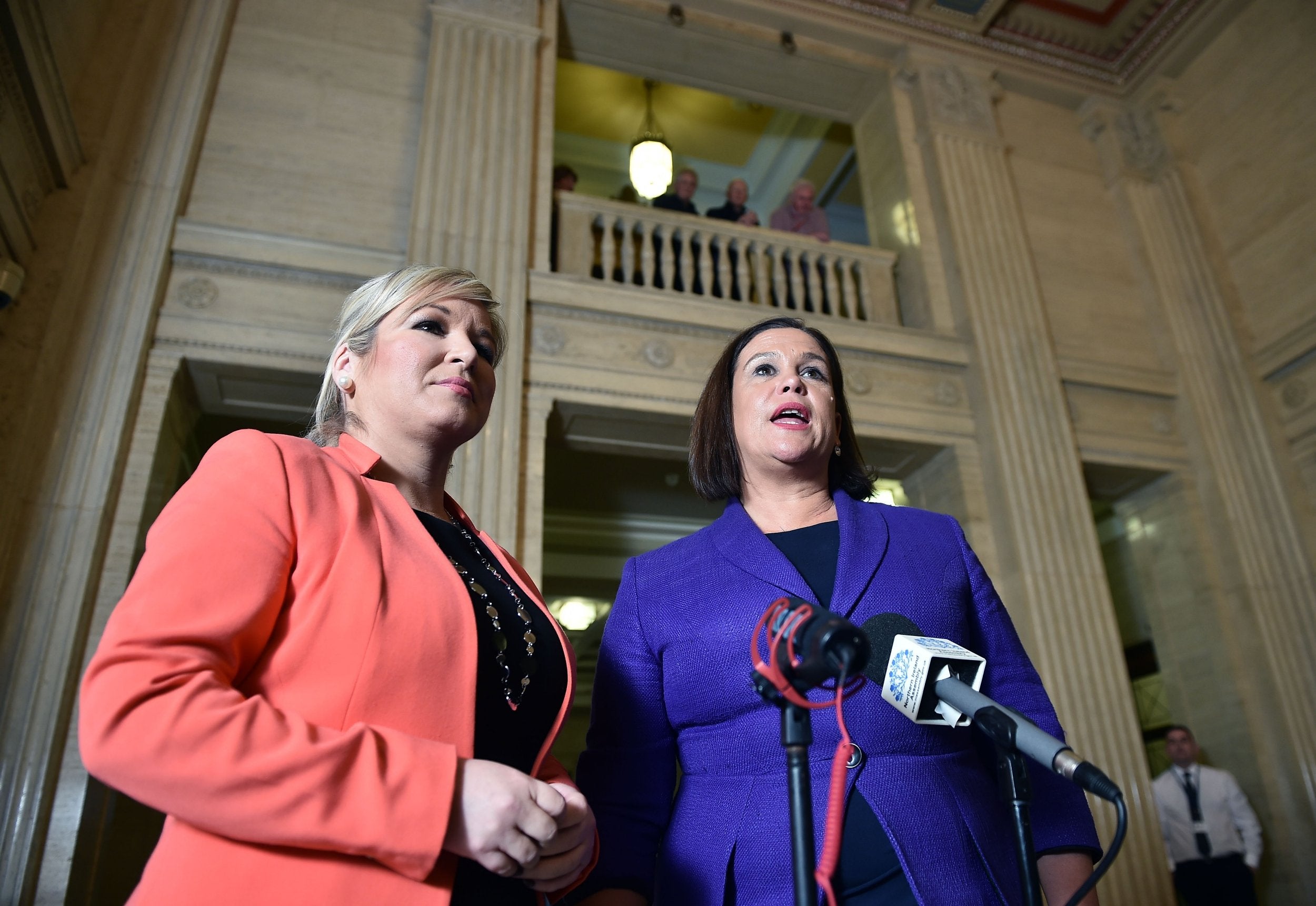
“I welcome the further development of all-Ireland politics at a time when the prospect of Irish unity is centre stage,” she wrote. “This political pact also gives the people of Ireland north and south a clear choice between the progressive forward-looking politics of Sinn Féin and the right-wing austerity politics of Fianna Fáil.”
David McCann is a commentator on politics in Northern Ireland. He told me that whatever the message they present, Sinn Féin will take this change in the political scene seriously.
“Competition in politics is a good thing,” says McCann. “Competition forces parties to think differently, forces parties to modernise and come up with some new policies and new ideas, so I think it will be a positive. It certainly has the potential to create a new dynamic."
While Sinn Féin serves a more left-wing, socialist republican electorate, the SDLP are closer to the centre, with Fianna Fáil traditionally a more centre-right party.
"Obviously the SDLP and Fianna Fáil come at the united Ireland question from a fundamentally different perspective to Sinn Féin. So it’s helpful to have that wing of nationalism catered to. And potentially have that across the island of Ireland.”
At the same time, Sinn Féin are looking at a new threat to their mandate that comes from even closer to home.
After disagreeing with the party’s support for abortion reform last year, pro-life TD Peadar Tóibín left Sinn Féin, and is now building his own breakaway party north and south of the border – Aontú. He spoke to me about the grassroots enthusiasm he has seen during a tour of nationwide townhall meetings.
“We’ve had about 3,000 people attend our meetings so far, and we’re only about halfway through,” says Tóibín. “Hundreds of people are joining us every week, and we have new cumann (branches) opening across the country.”
He explains the four ideas around which Aontú is built: a commitment to Irish unity and economic justice, an anti-abortion stance and a break from the “political consensus” that he believes has set in across Ireland. “There’s an awful pressure in Ireland to conform into the centre all the time,” he says, “a kind of groupthink that dictates what people are allowed to think or say.”
Comments like this suggest a hint of populism around Aontú, although mild-mannered Tóibín doesn’t seem in any danger of going the way of Peter Casey – a candidate in last year’s presidential election who shored up votes with a host of prejudiced campaign sound bites.
Rather, he aims to build unity through inclusion of all Irish citizens – even unionists, some of whom he claims are showing interest in his party.
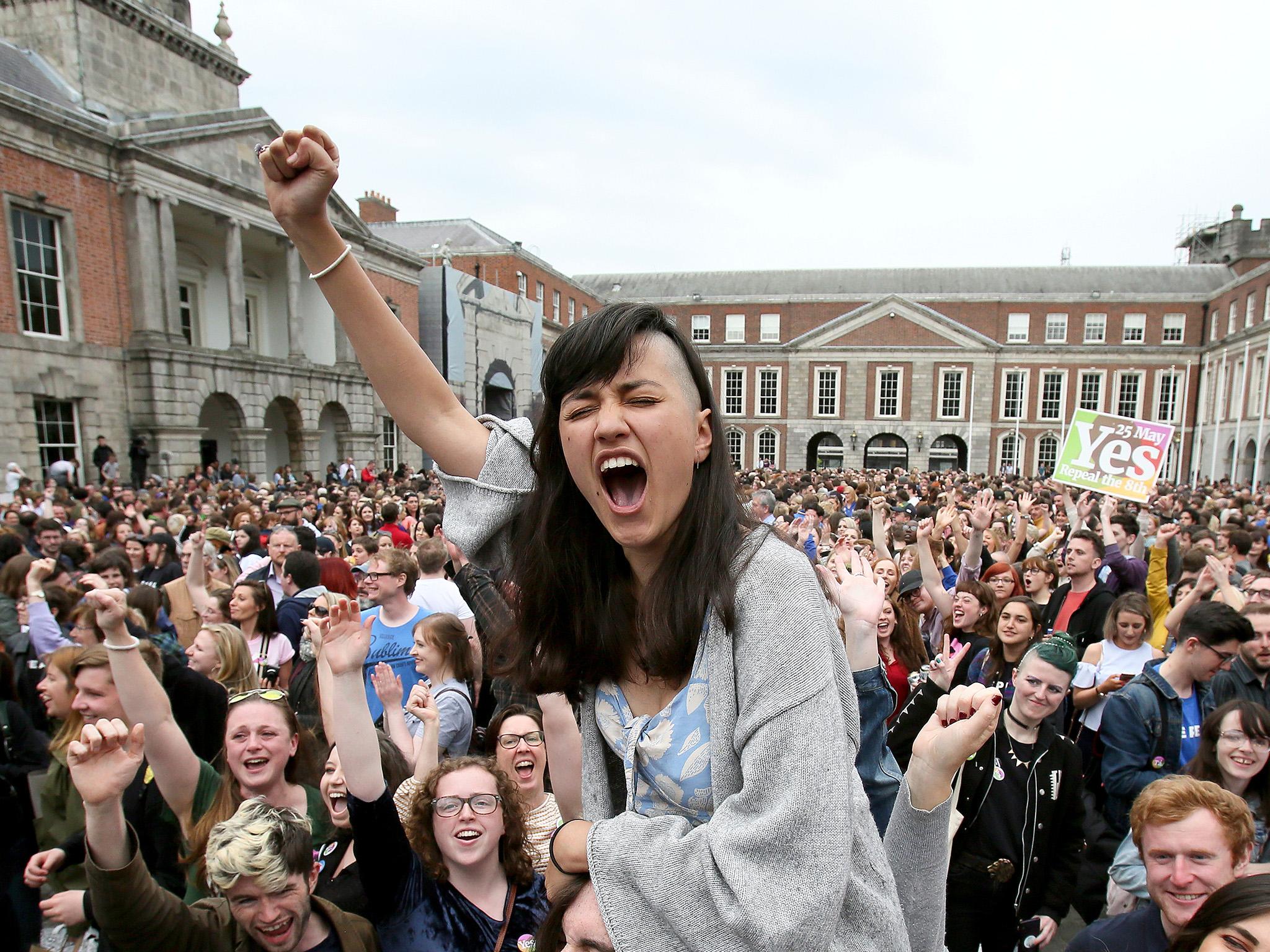
“We are getting people from a Protestant background, who are maybe originally unionists, who are sick to death of the fact that their decision to stay in the EU was completely binned by the Tories. And across Ireland, people are annoyed that the whims of the Tory party in England are still having such an impact on our economy and our trade.”
While Tóibín says there’s “no doubt” we’re moving towards Irish unity, he advocates a practical, hands-on approach, which does not simply hope for demographic change, nor wait for the failure of Brexit.
“We see the border as a wall, and each block in that wall stands for a real-life practical issue in people’s lives, so that could be a cross-border ambulance service, or health service, or a corporation tax. We believe if we can plan and make those things work on an all-Ireland basis, it will decrease the height of the wall, and make the transition an easier and more logical one for all.”
Irish reunification has moved from being the elephant in the room, to being an open topic of conversation; seen not just as a pipe dream for republicans, but as a realistic and logical outcome of a botched Brexit.
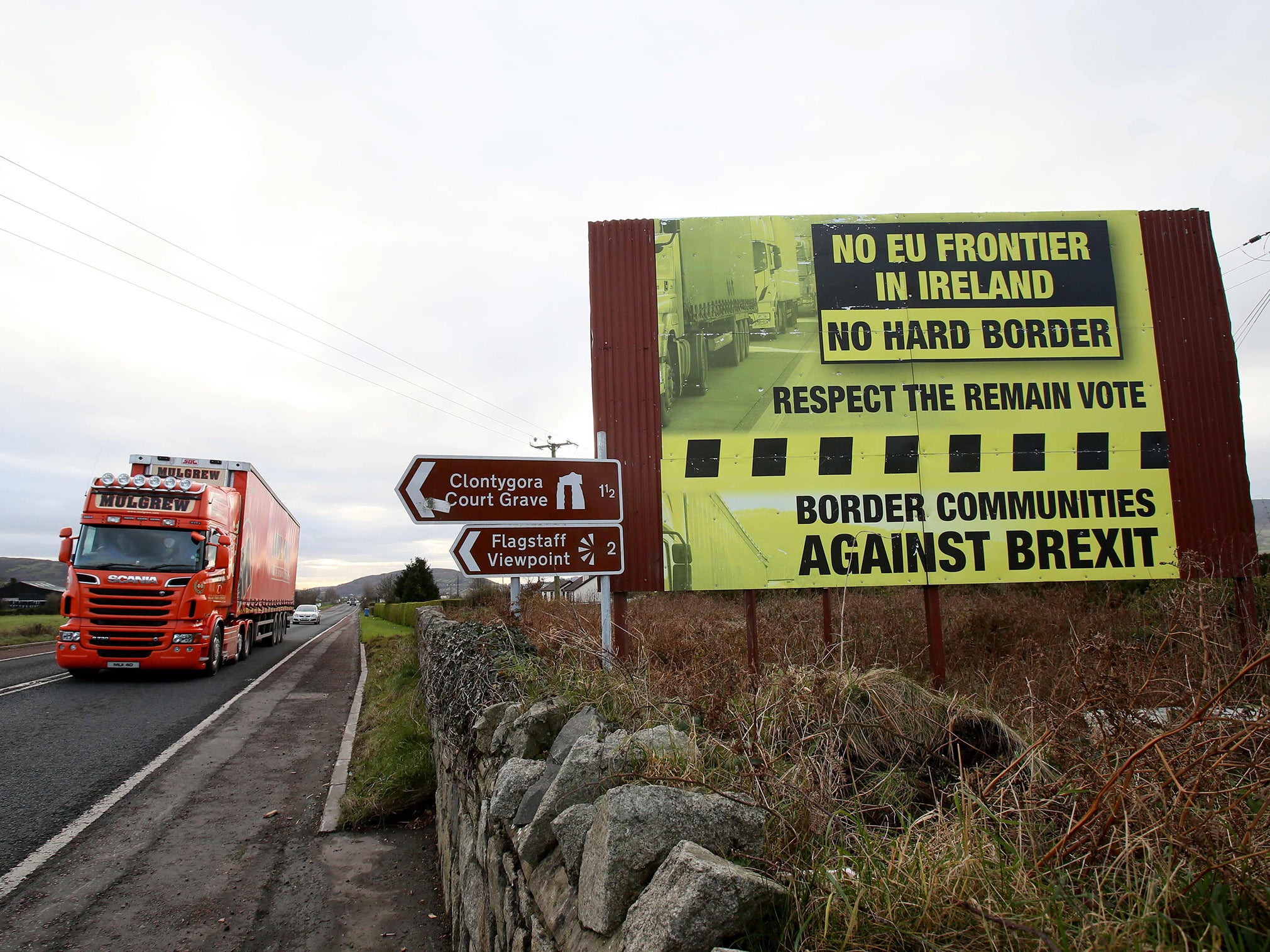
While Sinn Féin leader Mary Lou McDonald is ramping up calls for a referendum on Irish unity in the event of a no-deal Brexit, and with former Taoiseach Bertie Ahern saying Ireland should prepare for such a poll, the current Taoiseach Leo Varadkar is less enthusiastic about having such a nation-defining debate at this time of political instability.
In some ways, Varadkar has gone much further than his predecessors in his advocacy for Northern Ireland. In a memorable speech regarding Brexit in 2017, he said that Irish citizens in the north would “never again be left behind by an Irish government”.
But while he has reaffirmed Fine Gael as a “united Ireland party”, they are typically seen as more of a laggard when it comes to making advances into Northern Ireland. Now though, even they are taking a small step in that direction.
Last Saturday, as the SDLP were ratifying their partnership with Fianna Fáil in Newry, Young Fine Gael were in Belfast, opening a branch at Queen’s University. They see an opening among nationalists who lack “a dependable, economically sensible voice in Northern Irish politics”.
I spoke to University College Dublin student Mourad Mejdi, who has been involved with setting up the YFG branch at Queen’s. He believes that young Irish people are attracted to Fine Gael because of the visible performance of Varadkar and his government, while working for Irish interests in Brussels and across Europe during the Brexit negotiations.
“I think they’ve been rightly commended here in the north for their stance on Brexit,” says Mejdi. “The government have stuck by the people of Northern Ireland and shown we are there for them, that we will fight for them, and that we have been doing that on the European stage in the negotiations.
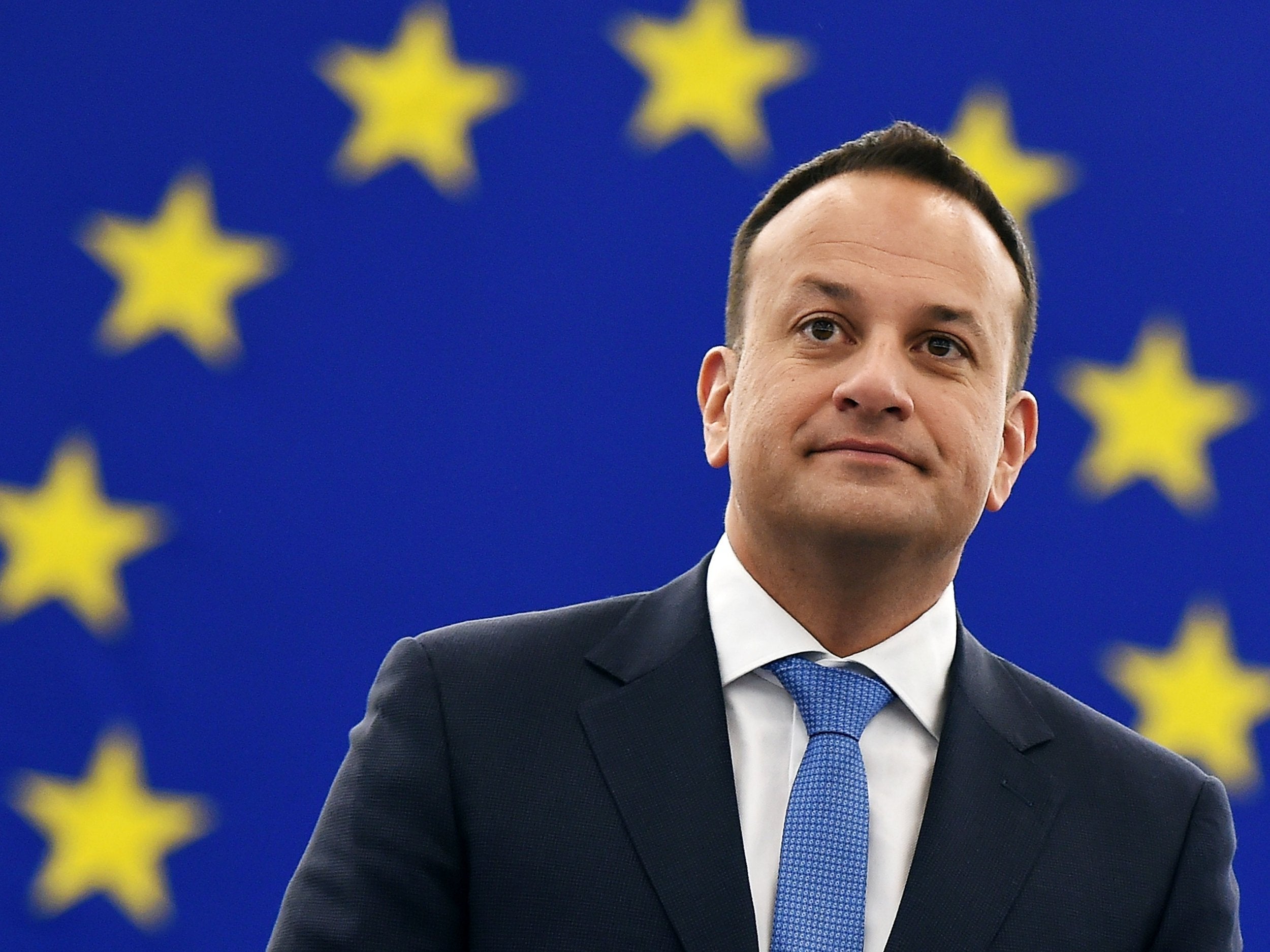
“A lot of young people see their future in Europe, and they see that, regardless of what way the Brexit negotiations go, Northern Ireland will have a very special relationship with the EU. So that is an appeal, that we are a strong pro-Europe party, and I don’t think any party up north right now can offer that.”
So what do nationalists in Northern Ireland really want?
The first real test for the partnership between the SDLP and Fianna Fáil – as well as for Aontú – will be in May’s local elections. It’s highly unlikely this vote will make a huge dent in the fortunes of Sinn Féin, but the results could well signal whether or not there is appetite for these newly formed incarnations.
After a two-year period in which Sinn Féin have failed to restore power-sharing with the DUP at Stormont, it could reasonably be assumed that nationalists might move towards an alternative party.
But it can’t be ignored that people in Northern Ireland vote as much to keep the other side out, as they do to keep their side in. Votes for the SDLP and Aontú may be seen as further splitting the nationalist consensus which has been moving around Sinn Féin, despite that party’s shortcomings. Not to mention the fact that many nationalists support Sinn Féin holding their ground in the long-running stalemate with the DUP.
One thing that is clear is that all of these political organisations – however late to the party – are responding to a new era of Irish nationalism which is occurring not at the top tables, but at a grassroots level.
People from all communities in Northern Ireland are increasingly seeing Britain as a divided country in international retreat, happy to play Ireland like a pawn in the Brexit game. Instead, people are looking more to Dublin, and the EU, where they see a future as equals.
Join our commenting forum
Join thought-provoking conversations, follow other Independent readers and see their replies
Comments